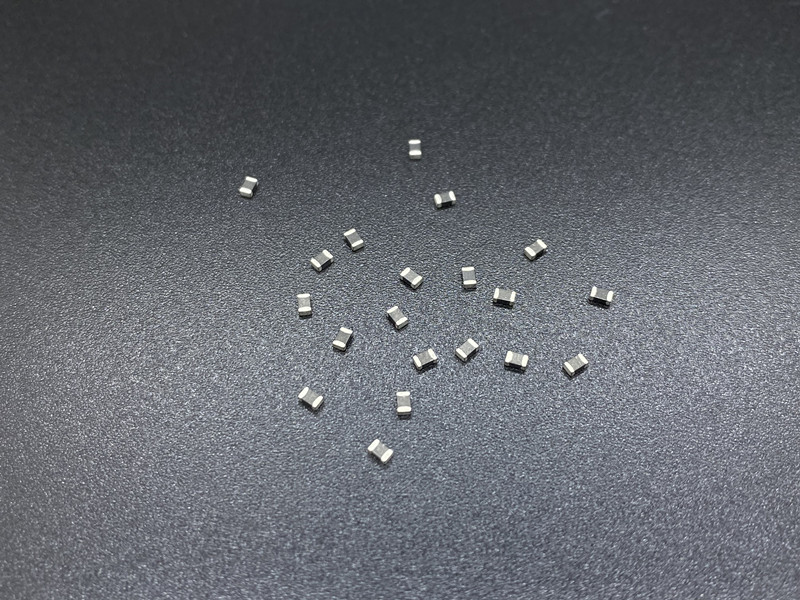Ferrite magnetic bead suppression components are also widely used in printed circuit boards, power lines, and data lines. If a ferrite suppression component is added to the power line inlet of the printed circuit board, high-frequency interference can be filtered out. Ferrite magnetic rings or beads are specifically designed to suppress high-frequency and peak interference on signal and power lines, and they also have the ability to absorb static electricity and discharge pulse interference.
Ferrite materials are a type of magnetic core commonly used in electromagnetic interference filters, and many manufacturers provide ferrite materials specifically for electromagnetic interference suppression. The characteristic of this material is high high-frequency loss and high permeability, which can minimize the capacitance generated between the coil windings of the inductor under high-frequency and high resistance conditions.
In the high-frequency range, impedance is composed of resistance components. As the frequency increases, the magnetic permeability of the magnetic core decreases, resulting in a decrease in the inductance and inductance components of the inductance. However, at this time, the loss of the magnetic core increases, and the resistance component increases, resulting in an increase in the total impedance. When the high-frequency signal passes through the ferrite, electromagnetic interference is absorbed and converted into heat energy for dissipation.
The main raw material of the magnetic bead in the picture is ferrite, which is a cubic lattice structure of ferrous magnetic material. The ferrite material is iron magnesium alloy or iron nickel alloy, and its manufacturing process and mechanical properties are similar to ceramics, with a gray black color.
As a power filter, inductance can be used. The circuit symbol of magnetic beads is inductance, but it can be seen from the model that magnetic beads are used in the circuit function. The principle of magnetic beads and inductance is the same, but the frequency characteristics are different. The unit of a magnetic bead is the ohm, which is nominal based on the impedance it generates at a certain frequency, and the unit of impedance is also the ohm.
Magnetic beads only have a significant blocking effect on high-frequency signals, with a general specification of 100 Ω/100MHz. At low frequencies, their resistance is much smaller than their inductance. Ferrite magnetic beads have a low cost, are easy to use, and have a significant effect on filtering high-frequency noise. They are widely used in noise filtering of signal cables and are a rapidly developing anti-interference component.
The numerical values of the two components are directly proportional to the length of the magnetic beads, and the length of the magnetic beads has a significant impact on the suppression effect. The longer the length of the magnetic beads, the better the suppression effect.





